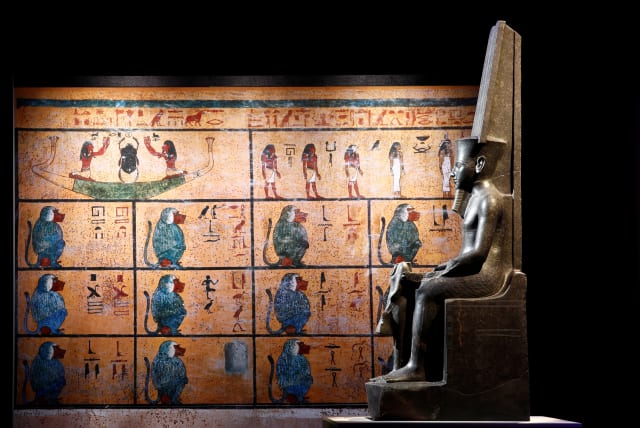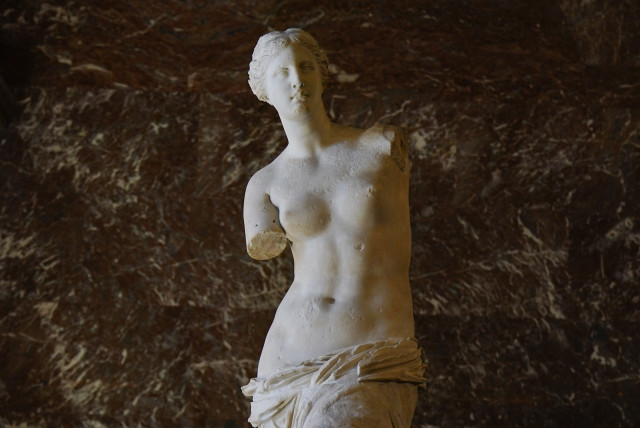Temples for ancient gods found in Egypt’s Mediterranean coast by underwater researchers

One of the sites is for the Egyptian god of air Amun, while the other is thought to have been for the Greek goddess of love Aphrodite.
Temples for the Egyptian god Amun and the Greek goddess Aphrodite were found off of Egypt’s coast by a team of archaeologists led by Franck Goddio, CNN reported on September 19.
The team of researchers explored the ancient port city of Thonis-Heracleion in the Bay of Aboukir, discovering the remnants of the temples in the city’s southern canal.
The sunken city was originally found in 2000, but researchers are still finding many of the lost treasures.
The Egyptian temple
The temple, dedicated to the Egyptian god of air, Amun, was believed to have collapsed “during a cataclysmic event dated to the mid-second century BC,” the European Institute for Underwater Archaeology (IEASM) institute said. “Rising sea levels and earthquakes followed by tidal waves triggering land liquefaction events, caused a 110 square kilometer portion of the Nile delta to totally disappear under the sea, taking with it the city of Thonis-Heracleion.”
"The ancient temple was once the site where pharaohs went to receive the titles of their power as universal kings from the supreme god of the ancient Egyptian pantheon,” IEASM explained.
“Precious objects belonging to the temple treasury have been unearthed, such as silver ritual instruments, gold jewelry and fragile alabaster containers for perfumes or unguents,” IEASM said. “They bear witness to the wealth of this sanctuary and the piety of the former inhabitants of the port city.”
“It is extremely moving to discover such delicate objects, which survived intact despite the violence and magnitude of the cataclysm,” said Goddio, president of IEASM and director of excavations.
The ancient Greek temple
The temple dedicated to the Greek goddess of love Aphrodite was identified by a number of bronze and ceramic idols found.
This find is thought to have been particularly significant as it “illustrates that Greeks who were allowed to trade and settle in the city during the time of the Pharaohs of the Saïte dynasty (664 - 525 BC) had their sanctuaries to their own gods,” IEASM said.
A number of weapons belonging to Greek mercenaries were also found. “They were defending the access to the Kingdom at the mouth of the Canopic Branch of the Nile. This branch was the largest and the best navigable one in antiquity,” IEASM explained.
Jerusalem Post Store
`; document.getElementById("linkPremium").innerHTML = cont; var divWithLink = document.getElementById("premium-link"); if (divWithLink !== null && divWithLink !== 'undefined') { divWithLink.style.border = "solid 1px #cb0f3e"; divWithLink.style.textAlign = "center"; divWithLink.style.marginBottom = "15px"; divWithLink.style.marginTop = "15px"; divWithLink.style.width = "100%"; divWithLink.style.backgroundColor = "#122952"; divWithLink.style.color = "#ffffff"; divWithLink.style.lineHeight = "1.5"; } } (function (v, i) { });

